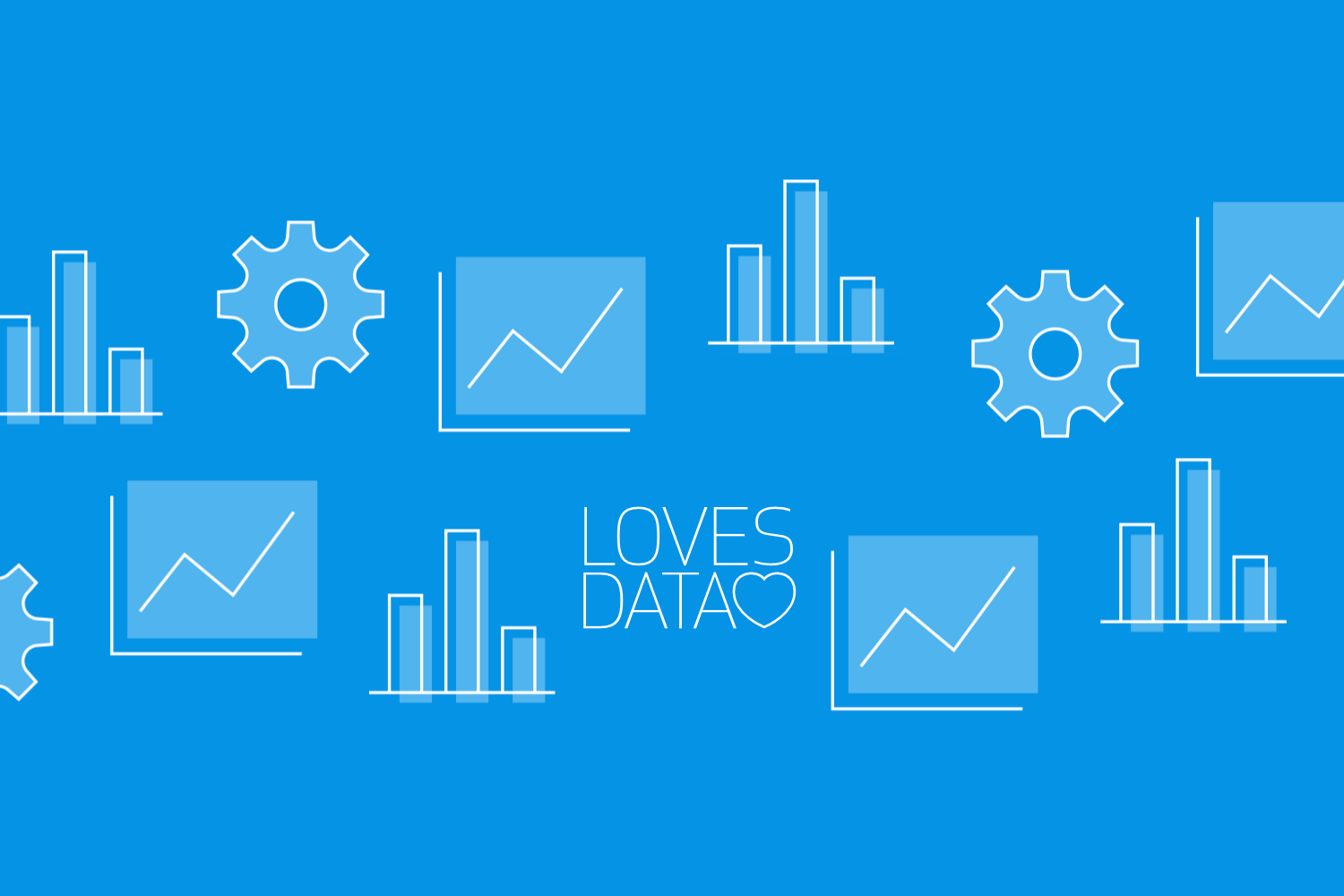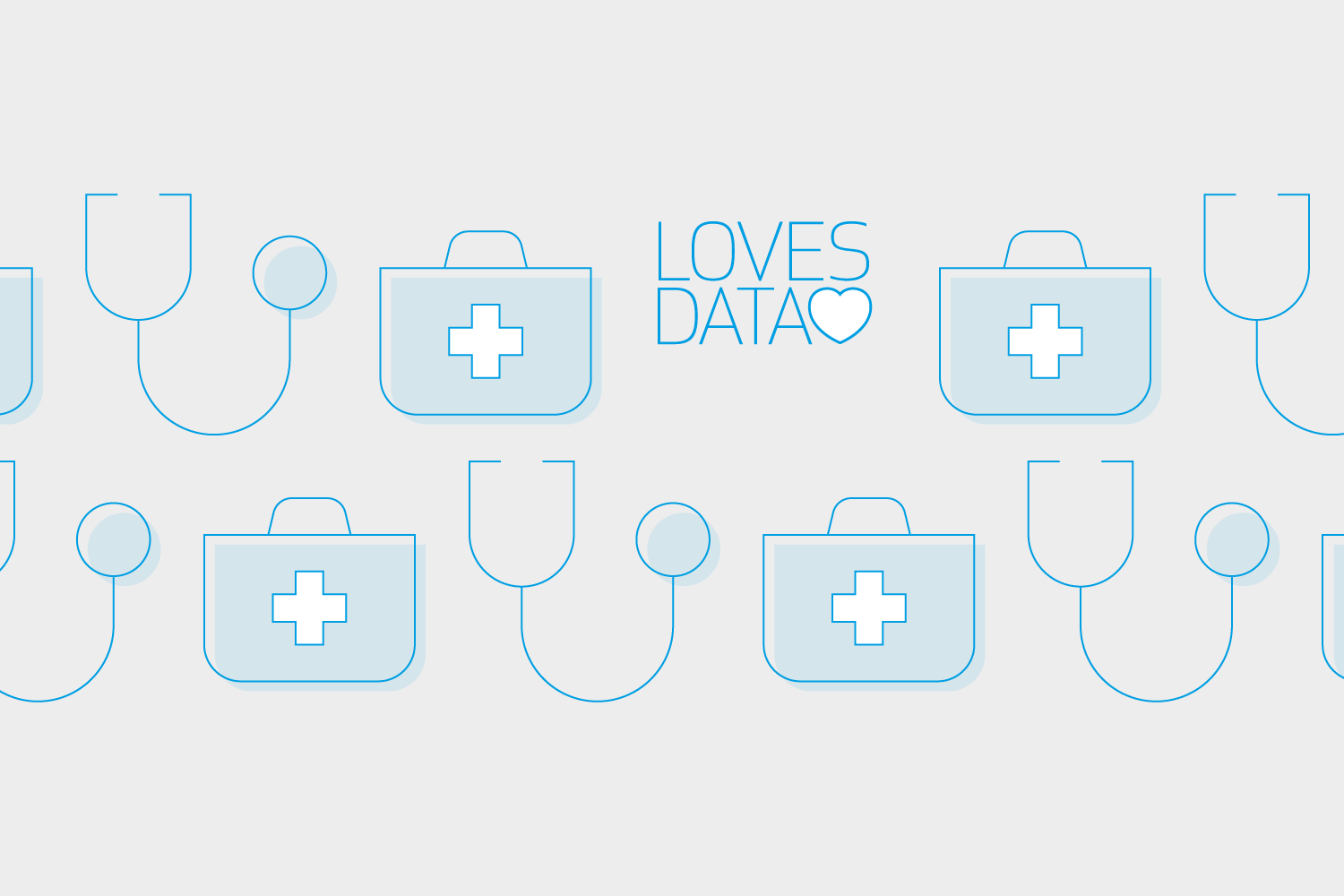Supercharge Your Marketing with Behavioral Analytics
Loves Data
The era of one-size-fits-all marketing campaigns is long gone. Today's digital landscape calls for highly personalized, targeted, and engaging marketing strategies to capture the attention of your audience and drive meaningful conversions. The secret to achieving this level of personalization lies in understanding the behavior of your users, and that's where behavioral analytics comes into play. Behavioral analytics provides a deep dive into user interactions with your products, platforms, and campaigns, equipping you with the insights needed to tailor your marketing efforts and deliver exceptional user experiences.
In this article, we will explore the vast potential of behavioral analytics as a transformative tool for your digital marketing campaigns. We'll discuss the key elements of behavioral analytics, including tracking, segmenting, and interpreting user behavior data, and how you can leverage these insights for highly personalized marketing. By harnessing the power of behavioral analytics, you can create compelling, engaging, and effective campaigns tailored to your audience's preferences and behaviors, ultimately driving better results and lasting success.
At Loves Data, our goal is to empower marketing professionals like you to excel in the dynamic world of digital marketing and analytics. We pride ourselves on being experts in Google Analytics and Google Ads, as well as other crucial marketing tools and platforms. Together, let's embark on a journey to discover the game-changing impact of behavioral analytics on your marketing strategies and learn how you can leverage these insights to leave your competition in the dust.
So, let's dive headfirst into the world of behavioral analytics and explore how this powerful approach can revolutionize your marketing campaigns, boost user engagement, and drive your business to new heights of success.

The Pillars of Behavioral Analytics: Tracking, Segmenting, and Interpreting
To harness the full potential of behavioral analytics in your marketing strategy, it's essential to understand and master its core components: tracking user actions, segmenting your audience, and interpreting the collected data for personalized marketing.
1. Tracking User Actions
The very foundation of behavioral analytics relies on tracking user actions on your website, app, or platform. This involves monitoring elements such as clicks, scrolls, time spent on pages, and other interactions that provide insights into user behavior.
To effectively track user actions, tools such as Google Analytics, Microsoft Clarity, or Zoho PageSense can be employed, enabling you to gather comprehensive data about how users engage with your products and campaigns.
2. Segmenting Your Audience
Segmentation is the process of dividing your user base into distinct groups based on common characteristics or behaviors. By segmenting your audience based on the gathered behavioral data, you can identify trends, preferences, and patterns that inform your personalized marketing initiatives.
Examples of segmentation criteria include demographic factors, interests, previous interactions, geographical location, and behavioral patterns, such as high-intent users or repeat visitors.
3. Interpreting Data for Personalized Marketing
Once you've tracked user actions and segmented your audience, the next step is to interpret the collected data to inform your marketing decisions. Look for patterns and trends within each audience segment and derive insights that you can apply to your marketing campaigns to deliver personalized and relevant content, offers, and experiences.
Leveraging Behavioral Analytics for Personalized Marketing Success
With an understanding of the core components, let's now explore effective strategies for incorporating behavioral analytics into your marketing campaigns to drive better results.
1. Tailor Content to User Preferences
Utilize your behavioral data to craft and deliver content that resonates with specific audience segments. This may include creating blog articles and marketing messages that directly address users' interests, pain points, and unique needs. The more tailored your content is, the more likely it will drive engagement and conversions.
2. Optimize Conversion Funnels
Behavioral analytics enables you to identify points of friction or drop-offs in your conversion funnels, allowing you to optimize your website or app to deliver a smoother user experience.
By analyzing where users abandon transactions, exit your site, or fail to engage, you can make data-driven adjustments to your platform's design, functionality, and messaging to minimize drop-offs and maximize conversions.
3. Personalize Email Campaigns
Email marketing continues to be an essential component of any successful digital marketing strategy. Use behavioral analytics insights to personalize your email campaigns based on user segment preferences, past interactions, and purchase history. Customized subject lines, tailored promotions, and relevant content that speaks to individual recipients will significantly boost engagement and conversions.
4. Retarget and Re-engage Users
Behavioral analytics can also be used to retarget and re-engage users who showed high intent or engaged with your products or campaigns but did not convert. By targeting these users with personalized ads and content, you can nurture them back into your conversion funnel, increasing the chances of securing a purchase or conversion.
Measuring the Impact of Behavioral Analytics in Your Marketing Strategy
To determine the effectiveness of your behavioral analytics endeavors, it's essential to monitor key performance indicators (KPIs) such as conversion rates, engagement metrics, and return on investment (ROI). Compare these metrics against your previous marketing efforts to demonstrate the impact of personalized marketing on your overall business success.
Additionally, implement A/B testing for your campaigns to measure the performance of personalized content and offers against more generic alternatives. This will allow you to refine your approach and validate the benefits of behavioral analytics for your marketing strategy.
Conclusion
Embracing behavioral analytics as a cornerstone of your digital marketing efforts presents a powerful opportunity to create personalized, engaging, and effective campaigns that resonate with your target audience. By mastering the techniques of tracking, segmenting, and interpreting user behavior data, you can tap into the compelling potential of personalized marketing, setting your business on a path of growth and success.
At Loves Data, we are committed to supporting marketing professionals like you in navigating the complexities of digital marketing and analytics. By adopting behavioral analytics as a core component of your marketing toolkit and applying these strategies across your campaigns, you'll be well-equipped to elevate your marketing endeavors, outperform the competition, and propel your business to new heights. Sign up for online courses for Google Analytics.




Comments